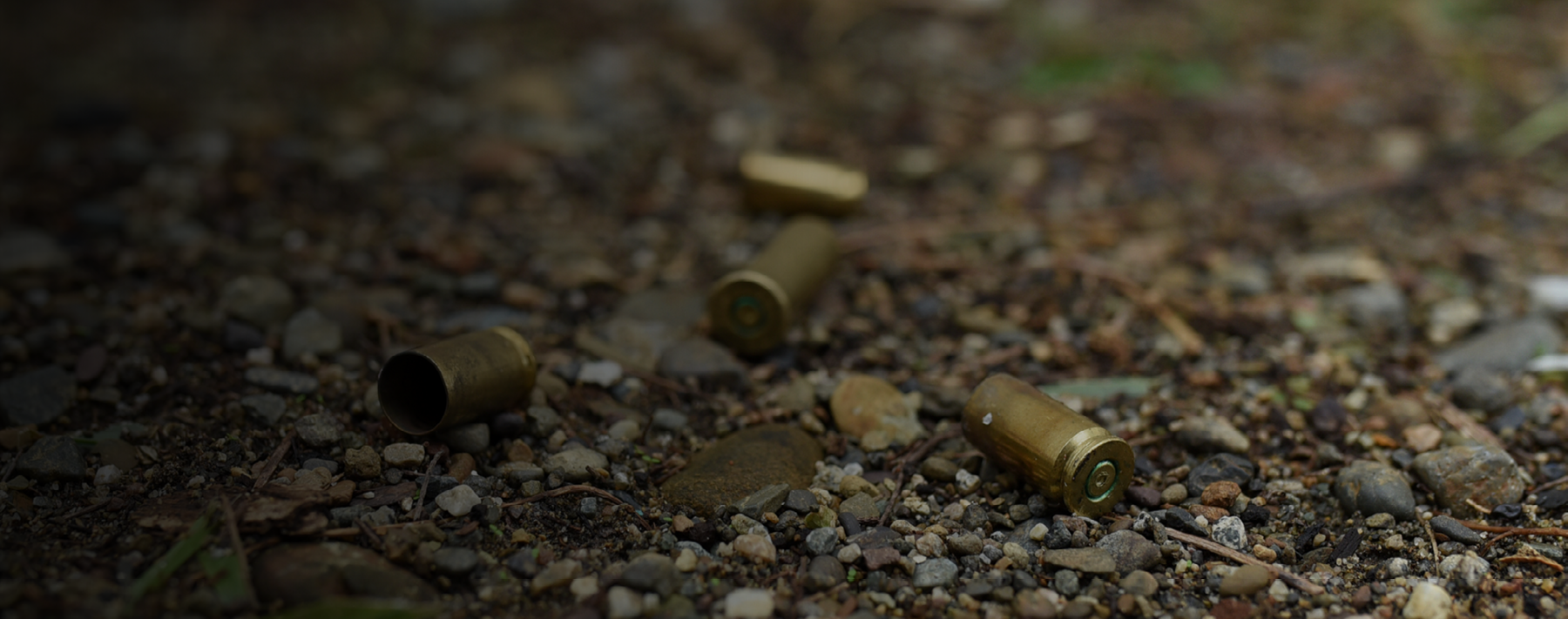Cuevas v. City of Tulare, 2024 WL 3352710 (9th Cir. 2024)
Rosa Cuevas moved into a new neighborhood in Tulare, California, and was trying to make friends. She met Quinntin Castro and gave him a ride. She met up with Castro later to give him and a friend a ride. Unfamiliar with the area, she asked Castro to drive her car. Castro failed to stop at a couple of stop signs, drawing the attention of a police officer.
When Castro pulled into a residential driveway, the officer initiated a traffic stop. He saw Cuevas and Cameron Ware (Castro’s friend) in the car, and broadcast that information on the radio. Castro fled, driving across the lawns of multiple homes. The officer pursued and radioed for backup. Three other officers, including a police service dog handler with his dog Bane, joined the pursuit.
Castro skidded off the road and into an embankment next to an open field, getting stuck in mud. He revved the engine, causing the tires to spin. The officers yelled at Castro to turn off the engine and exit the vehicle, fearing that if the car got traction Castro would drive backward over an officer. An officer broke the driver’s window with his baton to facilitate the occupants hearing the officers’ commands over the engine noise. Castro let off the gas.
The K9 handler gave several warnings that he would send his dog if Castro did not comply. After a few seconds, the handler directed his dog through the driver-side window. Castro drew a gun and fatally shot the dog. Castro then shot the handler. Cuevas sat in the front seat with her hands raised, perhaps thinking she’d chosen her new friends poorly.
When the other three officers saw the handler was shot, they returned fire at Castro, shooting a total of 34 rounds into the car. Castro was hit multiple times. During the exchange of gunfire, Castro moved closer to Cuevas on the passenger side of the car. Some rounds accidentally hit Cuevas. Castro got out of the car to face the officers and he fired again. He then collapsed.
Castro died. Cuevas survived, suffering numerous severe injuries. Ware was uninjured. Bane’s handler’s injuries ended his career. Cuevas sued the City of Tulare and the officers, alleging excessive force.
The trial court ruled Cuevas was not seized for Fourth Amendment purposes and even if she had been seized, the officers were entitled to qualified immunity because it was not clearly established their use of force was excessive. Cuevas appealed.
We have a reason to talk about qualified immunity in just about every issue of Xiphos. Remember that officers are granted immunity from a lawsuit unless they violated a constitutional (or federal statutory) right, and the unlawfulness of their conduct was clearly established at the time. A right is “clearly established” when every reasonable officer “would understand that what he is doing violates that right” (Ashcroft v. al-Kidd, 563 U.S. 731(2011)).
Get the Xiphos law enforcement legal update delivered to your inbox: SUBSCRIBE NOW!
The appellate court held Cuevas was “seized” under clearly established Fourth Amendment law. Castro was seized at some point, whether at the point he was stuck in the mud or when Bane went through the window to apprehend him. The court opined it did not matter precisely when the seizure happened. Because Castro was seized, so were his passengers, Ware and Cuevas. Passengers in the car are seized together with the driver (Brendlin v. California, 551 U.S. 249 (2007)). The court further reasoned “that a passenger struck by a bullet intended to stop the driver of a vehicle” has been seized (Villanueva v. California, 986 F.3d 1158 (9th Cir. 2021)).
Even though the appellate court disagreed with the trial court and held Cuevas was seized, the court also held Cuevas failed to show the officers’ force was excessive. No officer used any force until Castro killed Bane and shot his handler. The court stated the “officers had a compelling interest in ensuring that Castro did not harm themselves or others. And they did not have time to come up with a better plan — they needed to act to prevent further harm to themselves, Cuevas, or Ware.” The officers were not targeting Cuevas, they “were instead aiming — as best they could — at Castro.”
Addressing the number of shots fired by the officers (34), the court noted Castro continued to fire at the officers even after he was hit — he was still an active threat. The Supreme Court has held, “f police officers are justified in firing at a suspect in order to end a severe threat to public safety, the officers need not stop shooting until the threat has ended” (Plumhoff v. Rickard, 572 U.S. 765 (2014)).
The court concluded: “the officers’ returning fire was not obviously unconstitutional — even though they collaterally hit Cuevas. The alternative would be untenable. Officers would have to either not defend themselves or risk liability if they accidentally hit a bystander when they return fire. The officers are therefore entitled to qualified immunity.”



